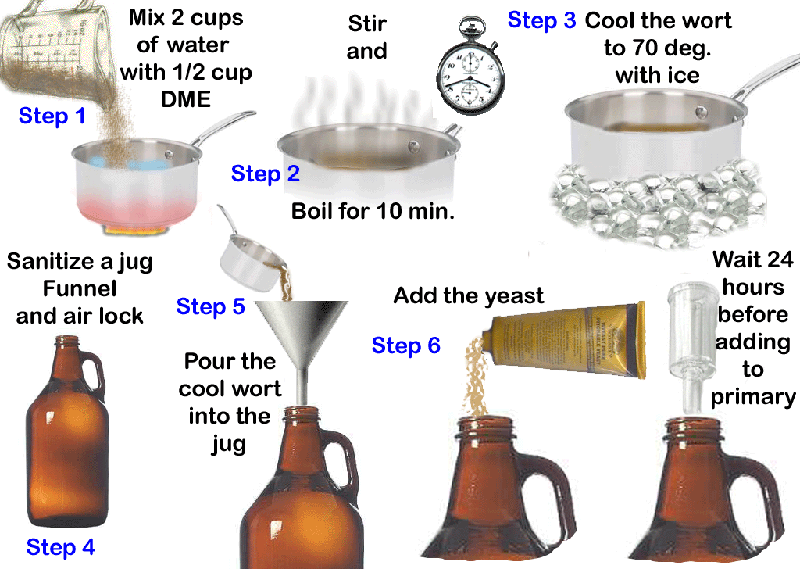JayPowHound
Active Member
I finally have the fridge space that I need to try a lager, and am eager to give it a go! I'm going to do a bock of some sort, and have been reading a lot about the process but I'm still a little confused about something. I tried searching, but to no avail. I can't seem to get a straight answer about the fermentation/temp. schedule. It seems like I ferment at anywhere from 55-65 for anywhere from a week to three or four before I move into the "lager" stage? Then at that point I drop the temp to 33 or 34 and leave it for another 3 weeks or a month? Does that sound right? Am I supposed to fully ferment it at my normal ale temps and then put it in the fridge? I thought the lager yeast liked it colder?
Also, many places I have read insist on using a starter. I've never done that before, and had fine results with attenuation. Do I really need to learn two new things at once??
Also, many places I have read insist on using a starter. I've never done that before, and had fine results with attenuation. Do I really need to learn two new things at once??





